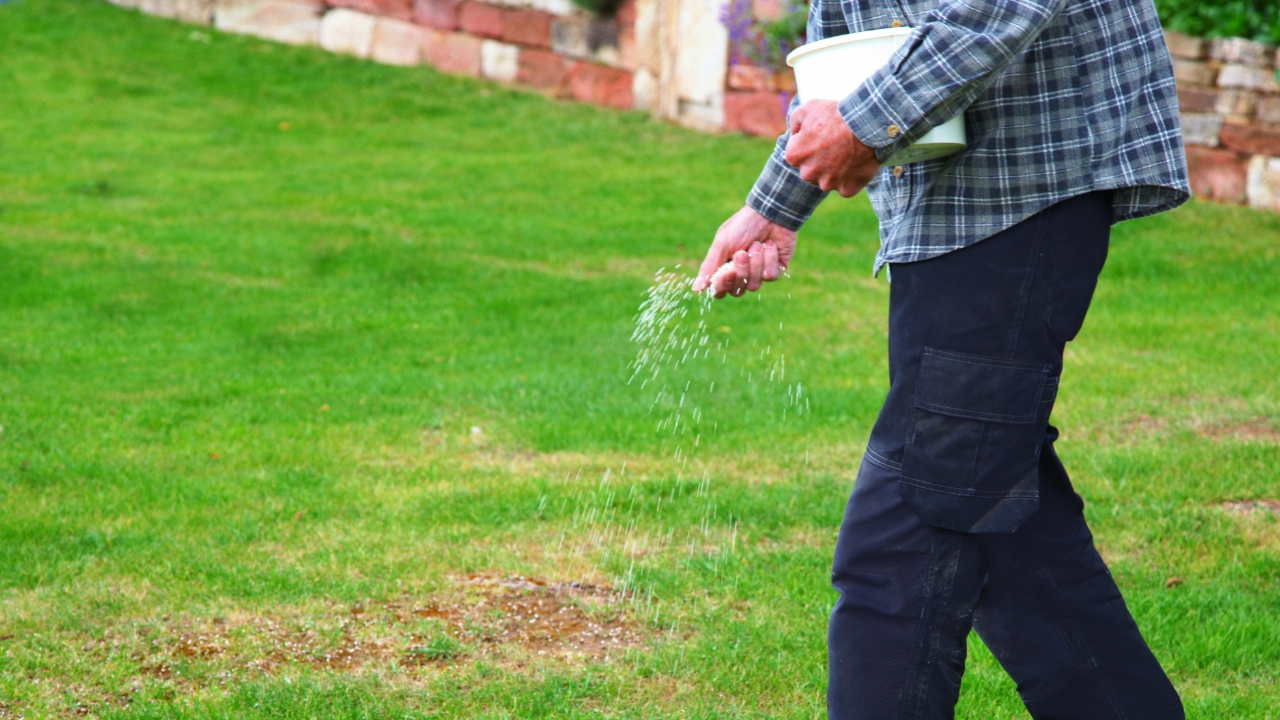Fertilizer Mistakes That Are Burning Your Grass
Fertilizer can do a lot of good for your lawn—unless you overdo it, mix it wrong, or apply it at the wrong time. That’s when it goes from helpful to harmful fast. Grass burn isn’t always instant, but when it hits, you’ll see dry patches, yellowing, or even a crispy layer across the yard.
If you’ve been wondering why your lawn looks worse after feeding it, there’s a good chance one of these mistakes is to blame.
Using Too Much Fertilizer
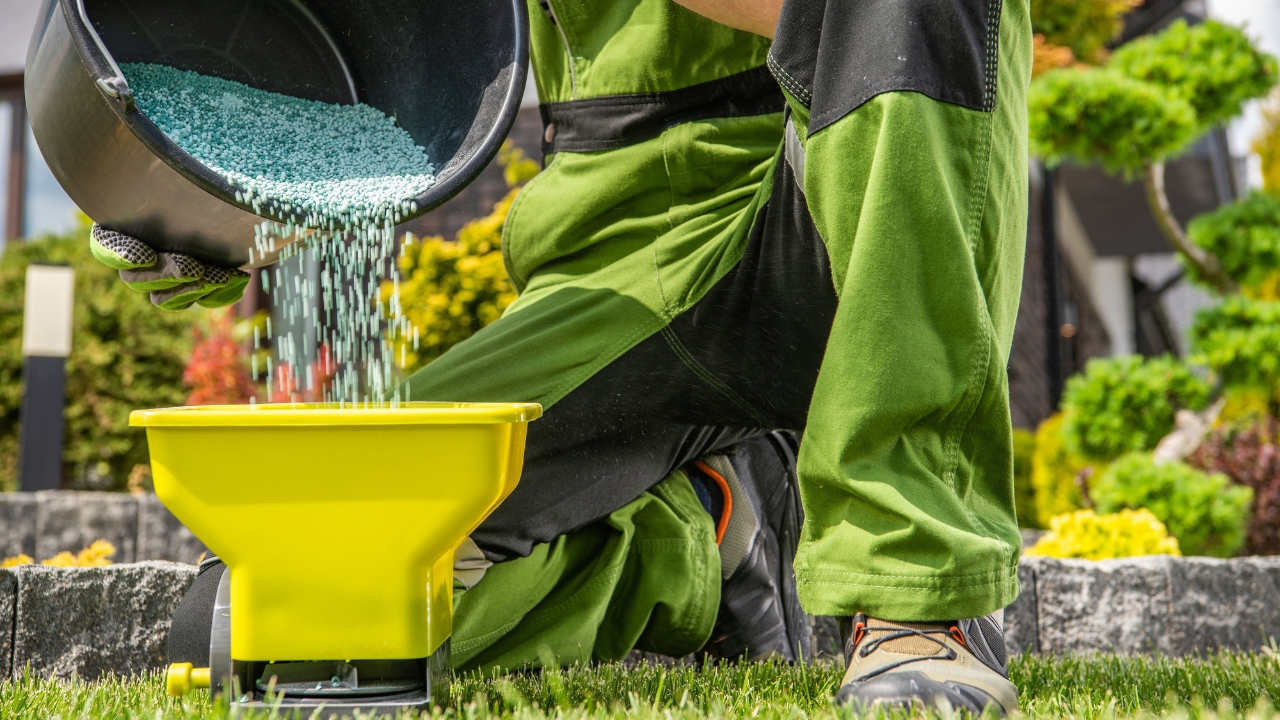
More isn’t better when it comes to fertilizer. Overloading your lawn can scorch the grass, especially in the summer heat. It can also create uneven color and patchy growth that’s tough to fix.
Stick to the recommended amount listed on the bag, and measure out your spreader settings before starting. If you’re eyeballing it or doubling up because it “didn’t seem like enough,” you’re risking damage.
Fertilizing Right Before Rain
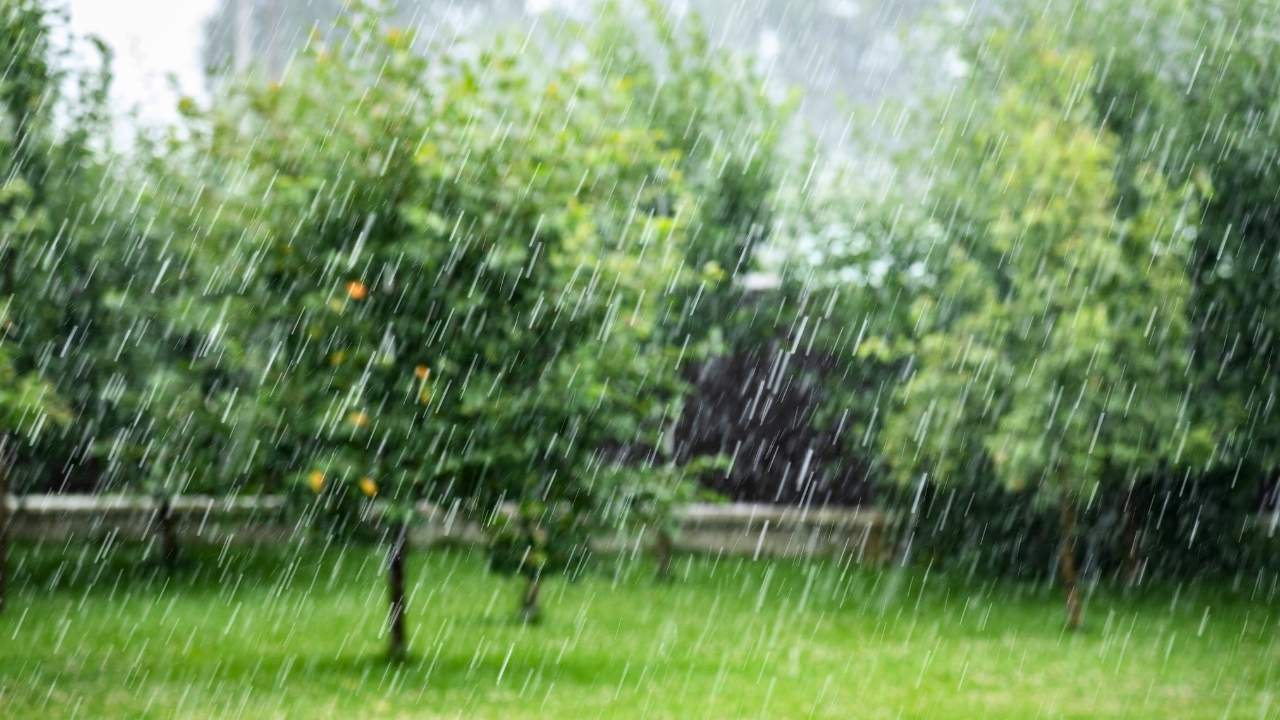
A heavy rain right after fertilizing can wash all your effort away—or worse, pool it into one area and burn a section of your yard. It’s a quick way to waste money and create dead spots.
You want to fertilize when the forecast is dry for at least a day or two. A light watering after application is fine, but anything more can lead to runoff and uneven feeding.
Applying to Dry, Stressed Grass
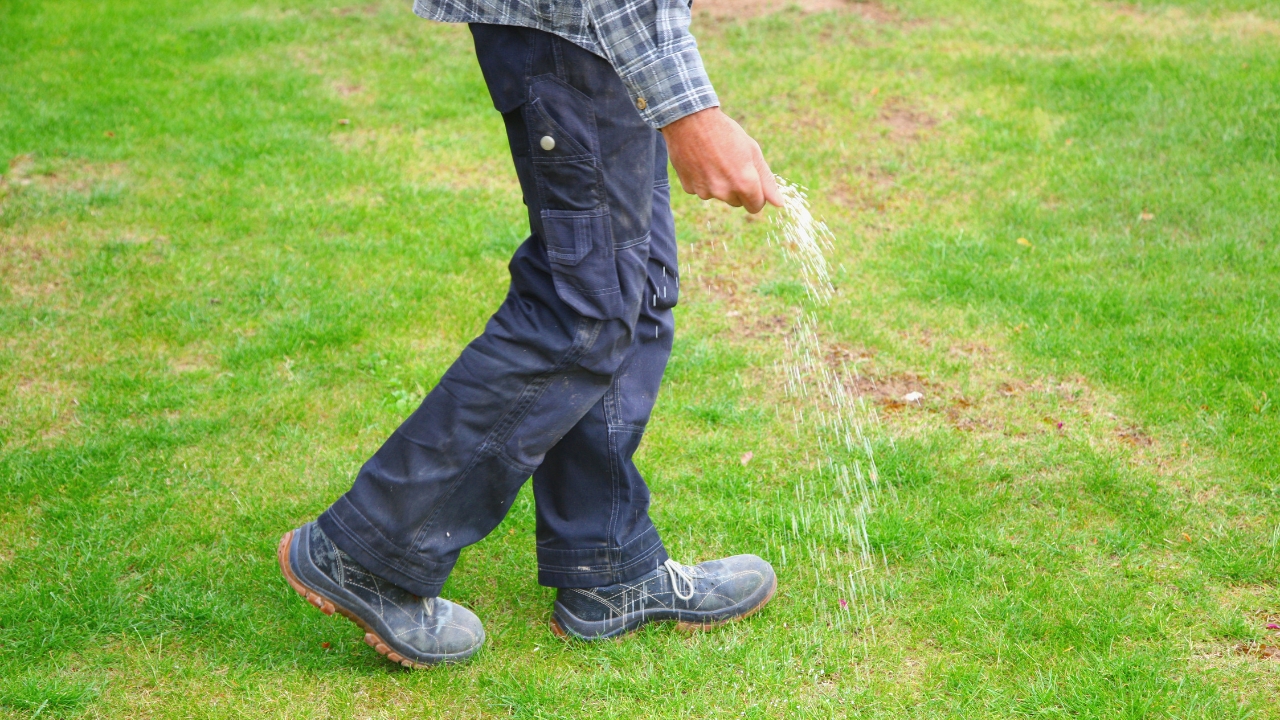
If your grass is already stressed from heat or drought, tossing fertilizer on it won’t help—it’ll actually make things worse. Dry blades and soil can’t process nutrients properly, which leads to burning.
Water your lawn a day or two before you fertilize if it’s looking dry. Feeding a thirsty lawn is like forcing a meal on someone with heat stroke—it won’t end well.
Skipping Calibration on Your Spreader

Every spreader is different, and guessing the settings rarely ends well. If you’re not calibrated properly, you could be dumping way more fertilizer than intended—or not enough at all.
Take the time to match your spreader to the product’s label. A miscalibrated spreader is one of the fastest ways to end up with striped, burned patches across your lawn.
Overlapping Too Much While Spreading
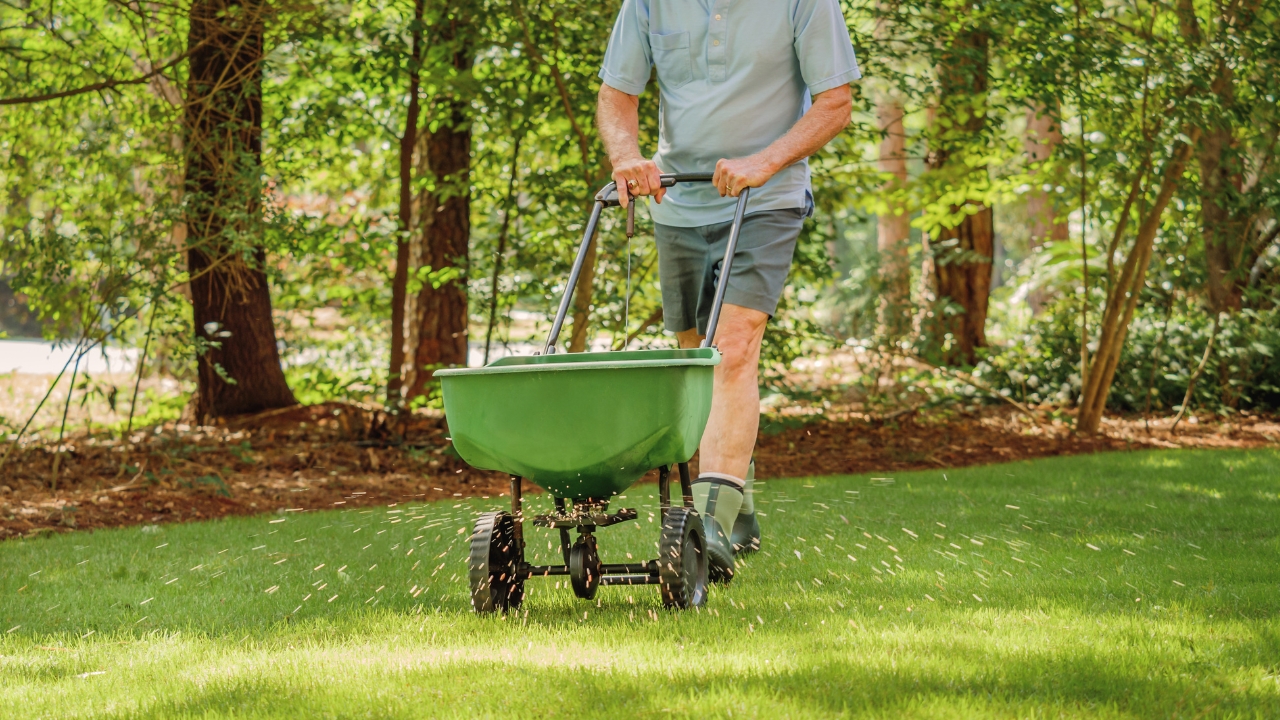
It’s easy to double up coverage in certain areas without realizing it, especially along the edges or around trees and walkways. That overlap causes build-up, and too much fertilizer in one spot equals burnt grass.
Try to walk in consistent lines and slightly offset each pass without going over the same exact area. Most products are designed to spread wider than the wheels, so you don’t need full overlap.
Fertilizing During Peak Heat
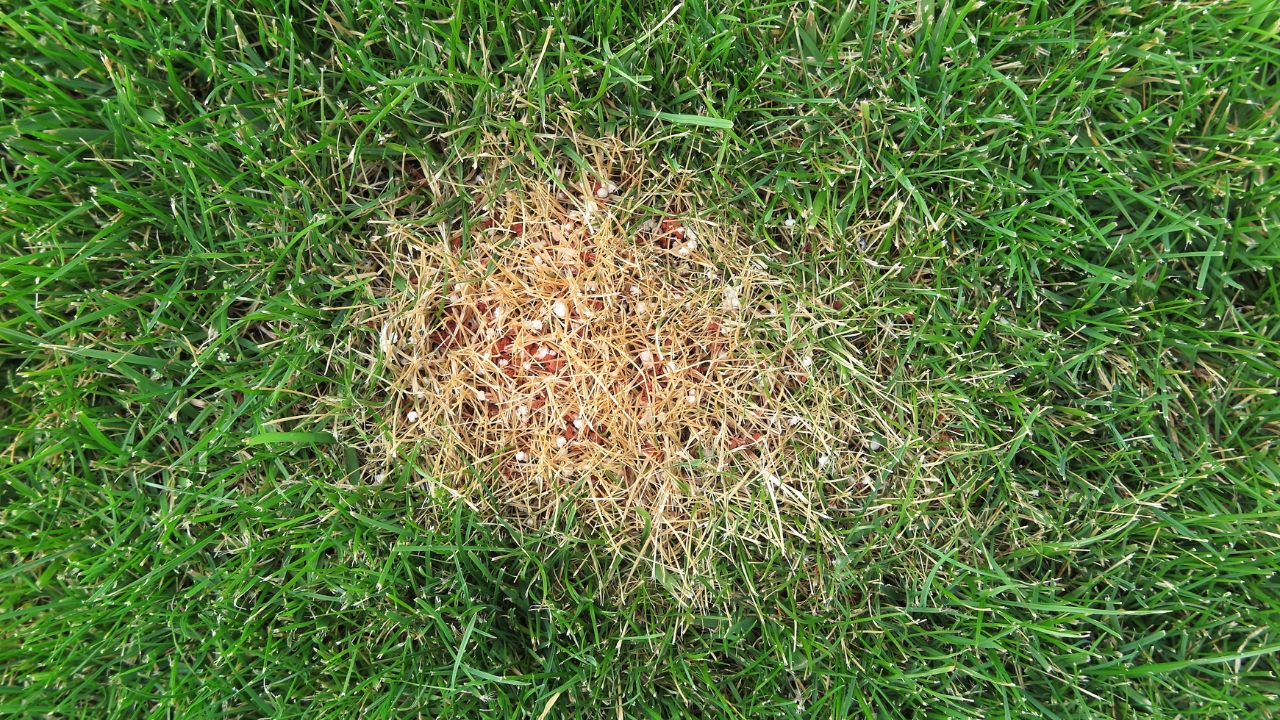
Fertilizer and high temperatures don’t mix. Applying during the hottest part of the day can lead to quick burns, especially if the grass is already struggling.
Try to fertilize in the early morning or late evening when it’s cooler. And if you’re in the middle of a heatwave, it’s better to wait. Feeding during stress only increases the chance of scorching your yard.
Ignoring Water Instructions

Some fertilizers need to be watered in, while others are slow-release and don’t need it immediately. Skipping this step—or overwatering—can either burn the lawn or wash everything away.
Read the label carefully and follow the watering directions exactly. The product is only as effective as the way you use it. Too much or too little water throws everything off.
Using the Wrong Type of Fertilizer

Not all fertilizers are made for every type of grass. Using the wrong mix—especially something with high nitrogen—on warm-season grasses can fry them fast.
Know your grass type and use a fertilizer designed for that season and variety. A one-size-fits-all approach can do more harm than good, even if the label says it’s “all purpose.
Reapplying Too Soon
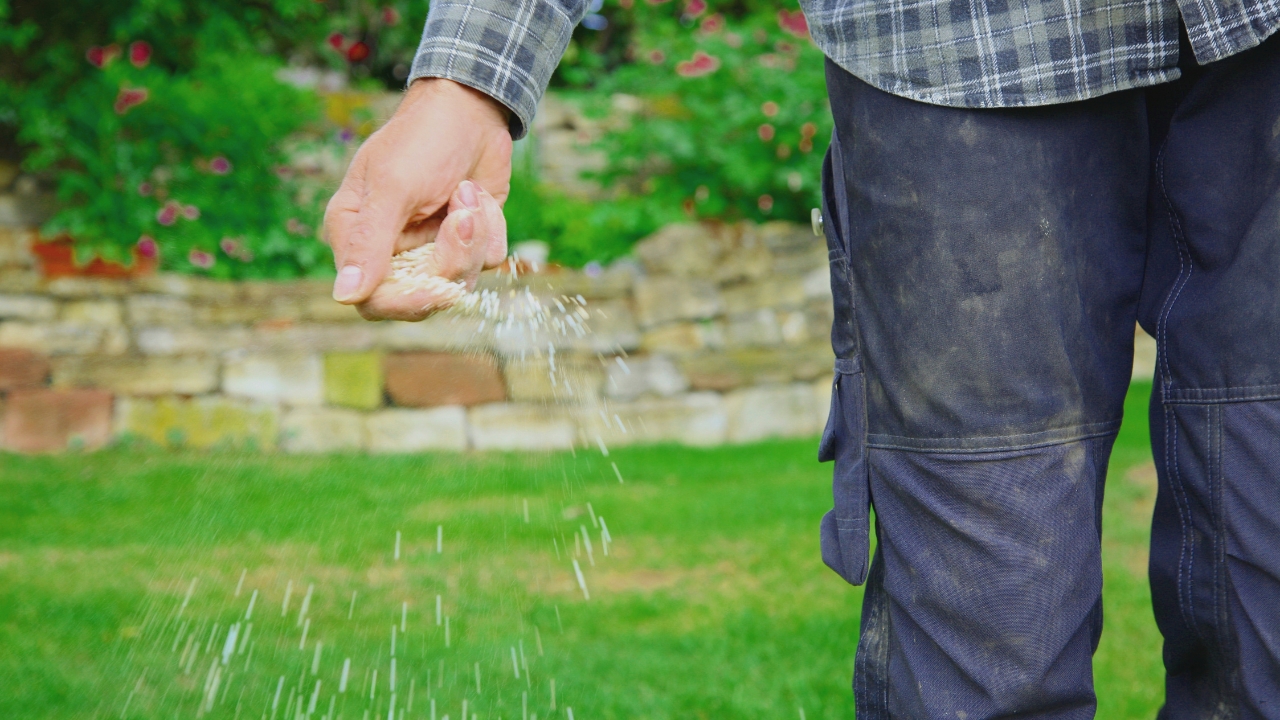
Feeding your lawn too often can cause a chemical overload, even if each application is the “right” amount. Those nutrients can build up and burn the roots before you realize there’s a problem.
Follow the timeline on the bag—usually every 6 to 8 weeks for most lawns. If you’re fertilizing more frequently than that, you’re likely overdoing it.
Forgetting to Sweep Hard Surfaces
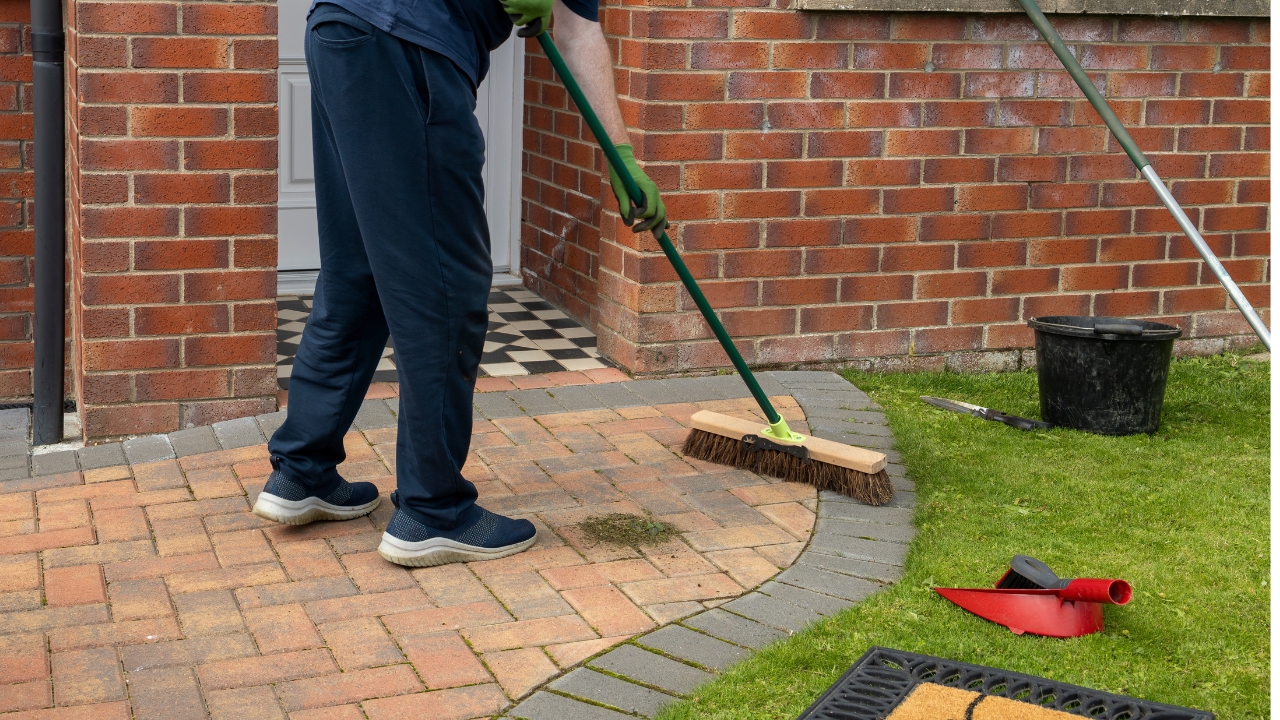
Fertilizer that lands on sidewalks, driveways, or patios doesn’t disappear—it either gets tracked around or washed into the lawn in concentrated doses. That leads to dead strips along the edges or wherever the runoff settles.
After you spread, take five minutes to sweep up any excess from hard surfaces. It keeps your lawn safer and protects your concrete from stains, too.
*This article was developed with AI-powered tools and has been carefully reviewed by our editors.

